Realty Executives of Flagstaff
Early Beginnings
The Sinagua people occupied a large area surrounding Flagstaff between about 500 CE and 1425 CE. These peoples then left the area due to unknown factors. These factors may have included: the eruption of Sunset Crater, resource depletion, drought, and/or clashes with newly arrived Yavapai people. There were also Northern Tonto Apache tribes in the area. A US Army Corps of Engineers book notes that Flagstaff did not have a colonial Spanish presence. There were Spanish missionaries nearby however, as indicated by the naming of the San Francisco peaks in the 17th century.
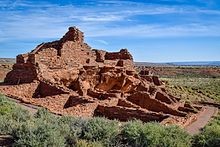 |
Arizona separated from Mexico in 1848 and became American territory, and Flagstaff was created about 10 years later. It began when Edward Beale was appointed by the U.S. Congress to build a road across North America. Using camels along with horses and donkeys to carry supplies on his journey, he sent back glowing reports of the Flagstaff area. Our grasslands, timber, and water were attractive, but its isolation discouraged immediate growth.
On July 4, 1876 a small group of emigrants from Boston camped at a small spring with the peaks looming overhead. In honor of the nation’s centennial, they stripped a pine tree of its branches and bark and raised an American flag. When they moved on, future travelers used this post as a landmark.
The Railroad Arrives
In 1880, the Atlantic and Pacific Railroad began to lay track between California and Albuquerque. Merchants and saloonkeepers set up supply camps along the railroad for advance parties of workers. In 1881 these citizens called the little town Flagstaff, in honor of the landmark. By that fall, population was at 200, and was becoming a railroad town filled with dance halls, gambling houses, and saloons. When the railroad was completed, some of these citizens moved on, but for those that stayed, Flagstaff became home for various sheep and cattle ranchers, lumber mills, merchants, cafes, hotels and saloons.
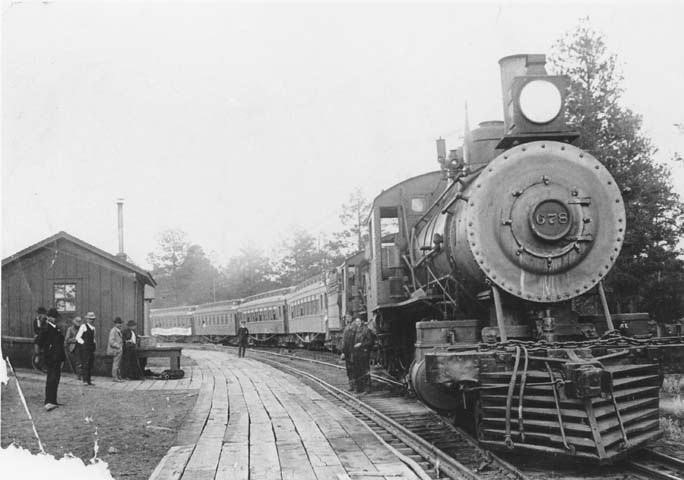 |
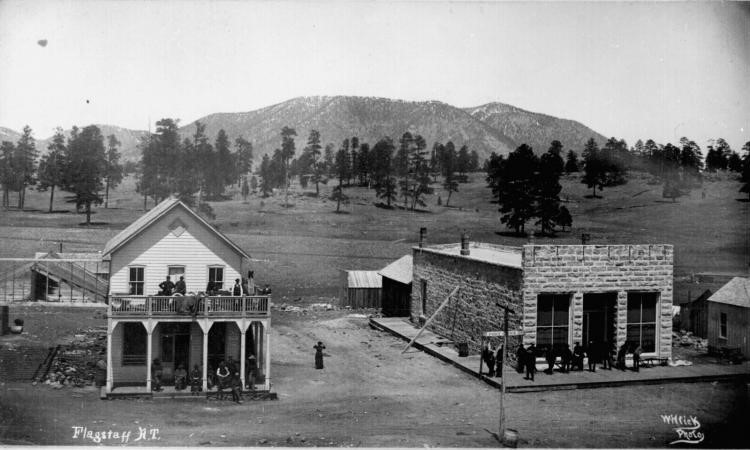 |
Beale’s trail was replaced with cross-country railroads and highways, including Route 66. The proximity of Flagstaff to the Grand Canyon brought an economic boost and expanded tourism, even during the Great Depression.
Pluto is Discovered
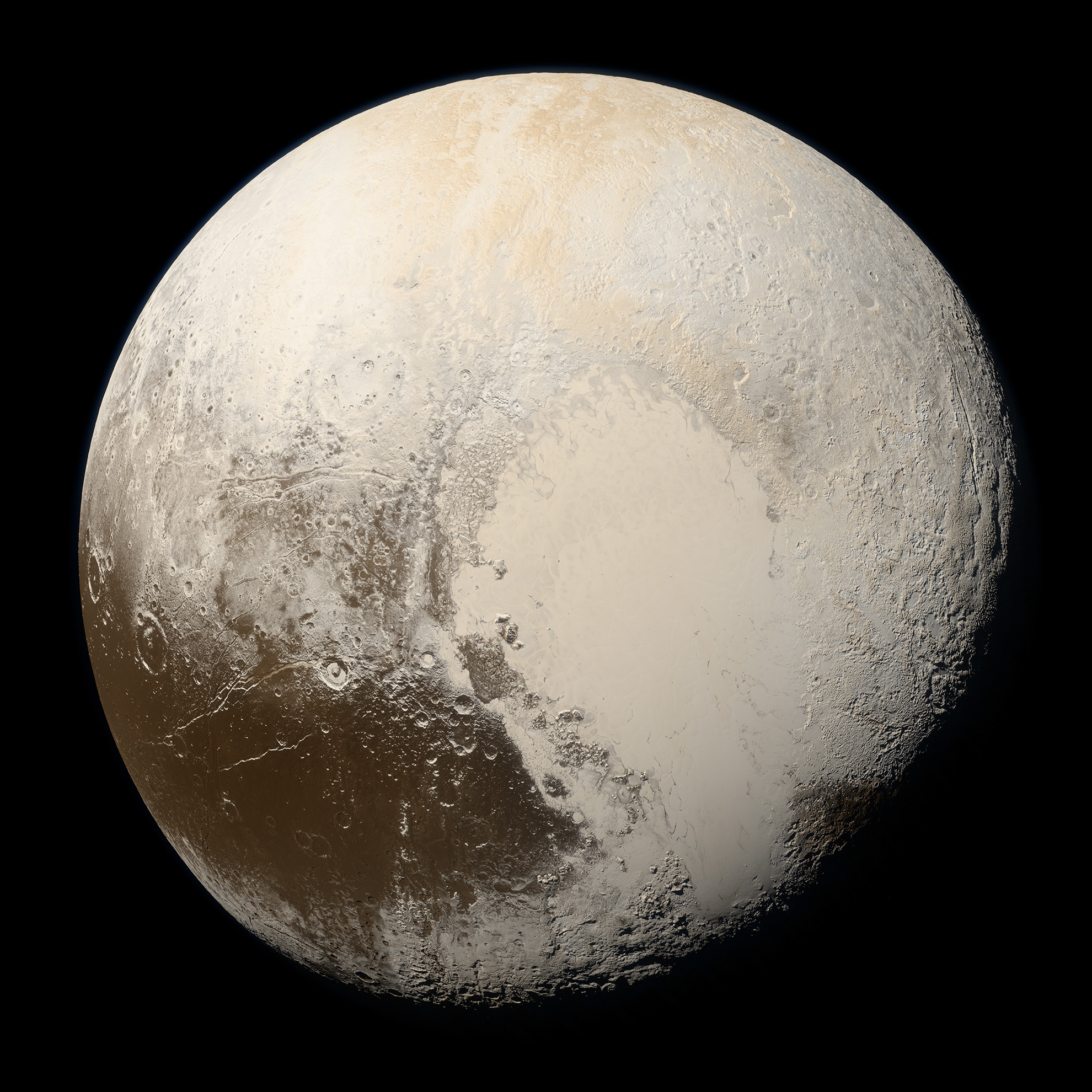 |
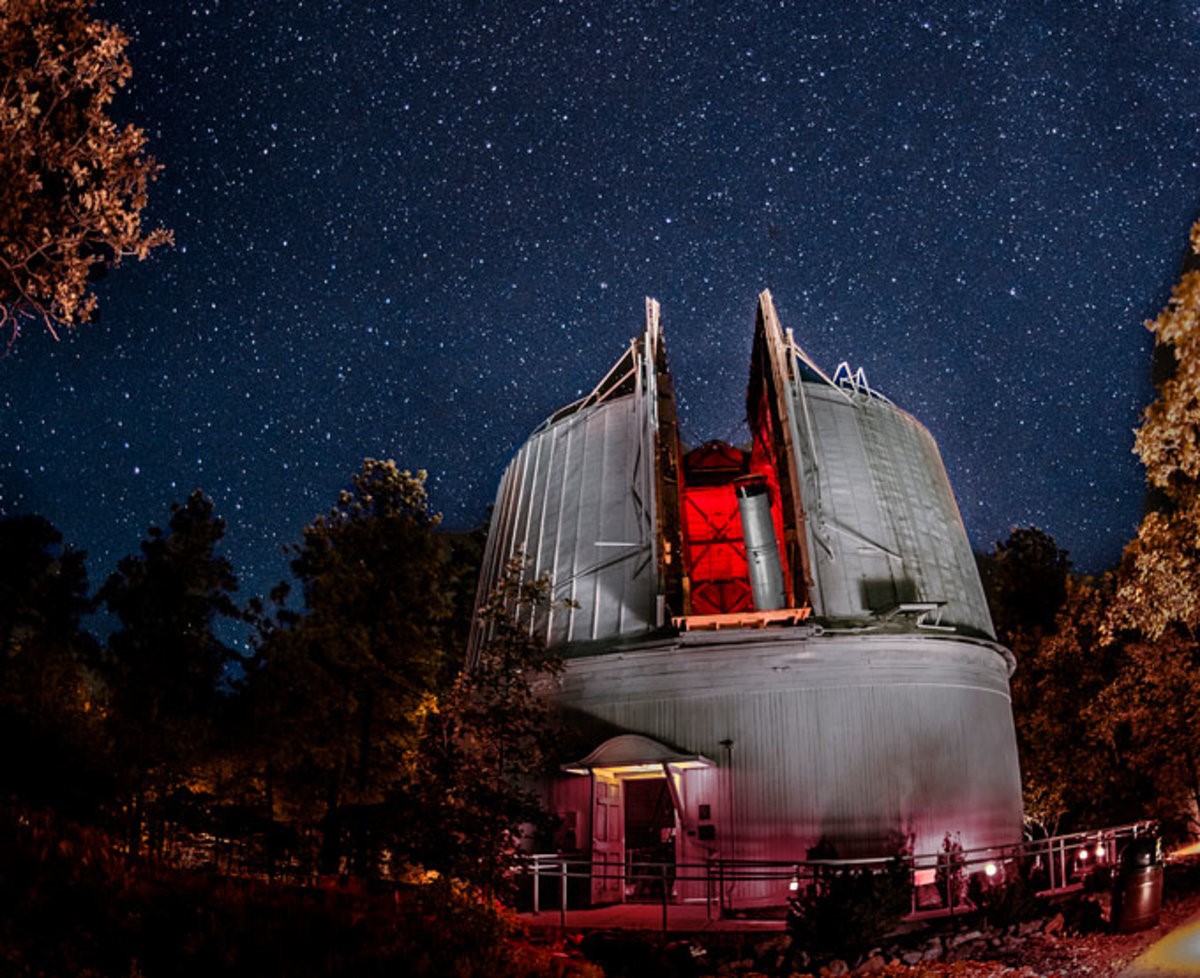 |
In 1894, Massachusetts astronomer Percival Lowell had the area scouted for a site to build a new observatory. The Lowell Observatory was then built on Mars Hill, overlooking the town. In 1930, Pluto was discovered from the Observatory, and was named in part for Percival Lowell (PL). In the 1960s, during the Apollo program, the Clark Telescope at Lowell was used by the United States Geological Survey to map the moon for lunar expeditions.
In 1894, Massachusetts astronomer Percival Lowell had the area scouted for a site to build a new observatory. The Lowell Observatory was then built on Mars Hill, overlooking the town. In 1930, Pluto was discovered from the Observatory, and was named in part for Percival Lowell (PL). In the 1960s, during the Apollo program, the Clark Telescope at Lowell was used by the United States Geological Survey to map the moon for lunar expeditions.
Today's Flagstaff
The Northern Arizona Normal School was established in 1899, and was renamed Northern Arizona University in 1966.
Flagstaff saw its first tourist boom in the early years of the 1900s, and was known as the City of Seven Wonders. These seven wonders were the Coconino National Forest, Grand Canyon, Oak Creek Canyon, San Francisco Peaks, Sunset Crater, Walnut Canyon, and Wupatki National Monument.
As the town grew, the infrastructure of the downtown remained the same, stunting economic growth. Many businesses started to move out of the area. Then in the 1990s, the city drafted a new master plan which revitalized the downtown area, and had a focus on preservation. With the construction of a city hall, library, and city administrative building, downtown became more cultural again. Store owners took advantage of the historical appeal. Original sandstone buildings were restored and neighborhoods became registered as historic districts.
With the Flagstaff Pulliam Airport running more and more flights, commuting and tourism was expanded. Microbreweries and craft restaurants opened downtown. In 2001 Flagstaff was recognized by the International Dark-Sky Association as the world’s first “International Dark-Sky City”, followed in 2012 by its official title of “America’s First STEM Community”. Olympic athletes began coming to Flagstaff for altitude training. The HYPO2 center in the city trained over 85 Olympic medalists from 44 countries between 2012 and 2019.
Today you’ll find Flagstaff packed with well-kept trails and forests, which provides a backdrop for a wide variety of outdoor sports and activities. Downtown Flagstaff boasts many amenities including microbreweries, locally-owned restaurants, and year-round festivals and events. All of these make Flagstaff a vibrant and highly desirable place to live.